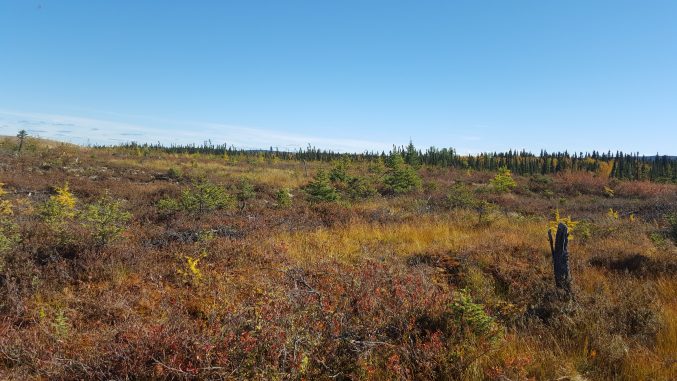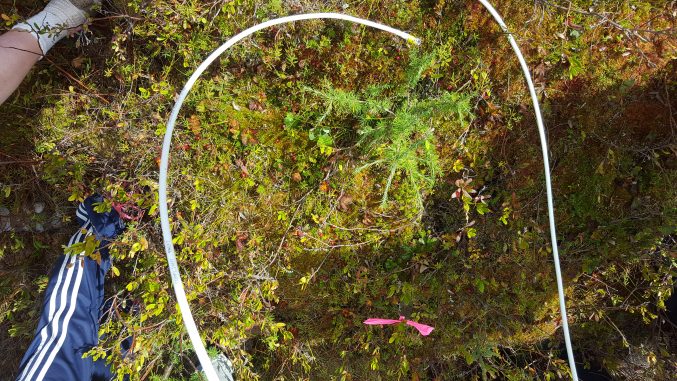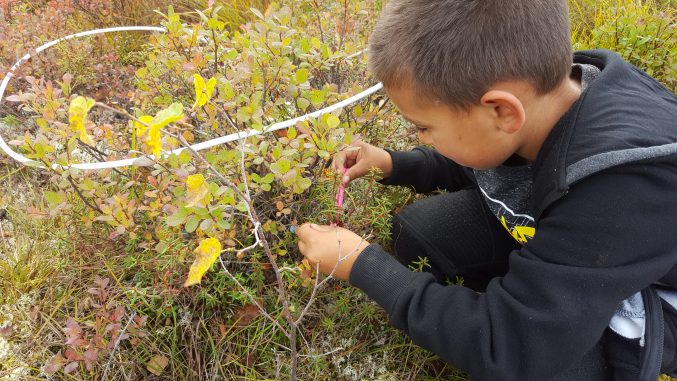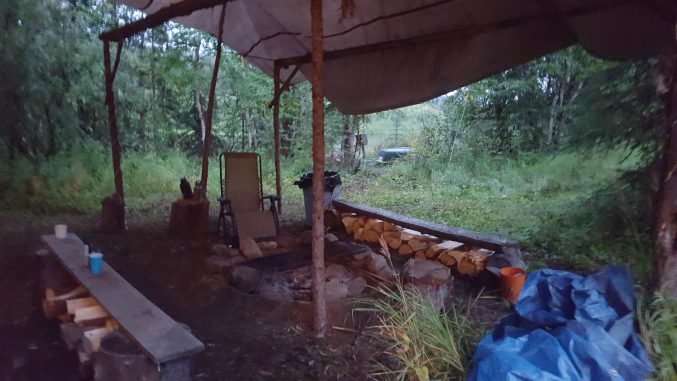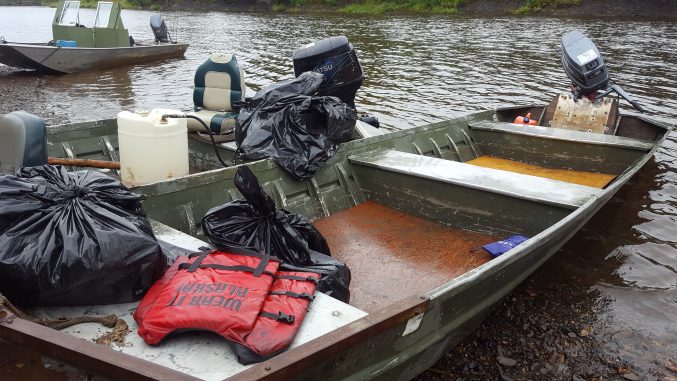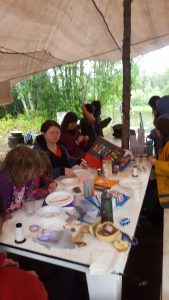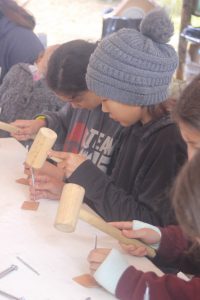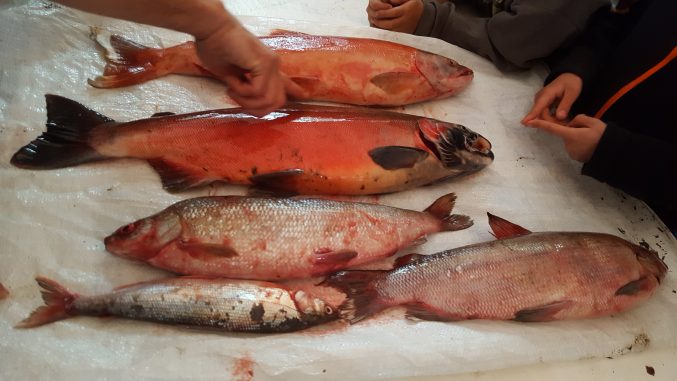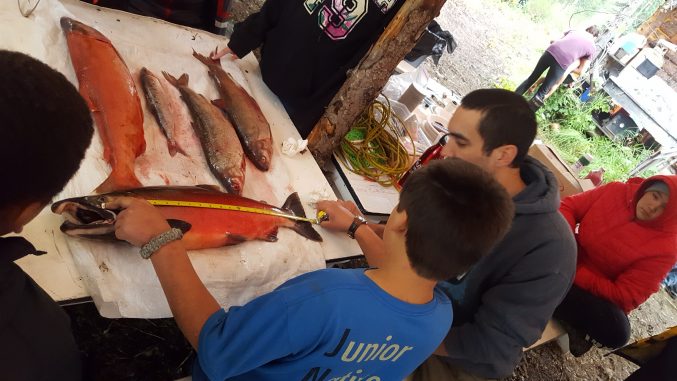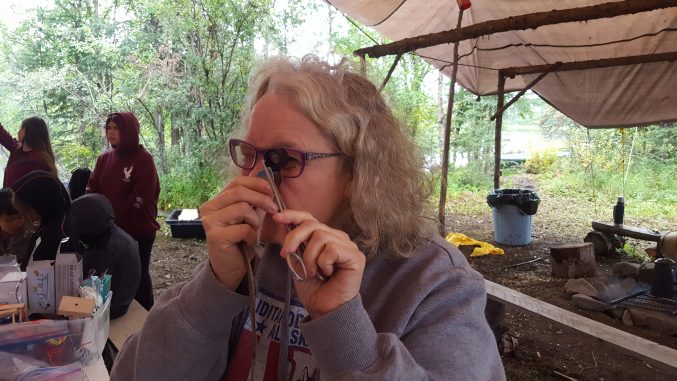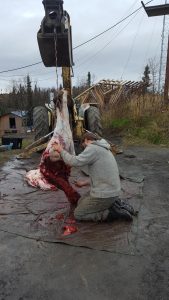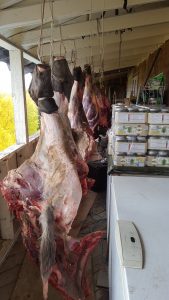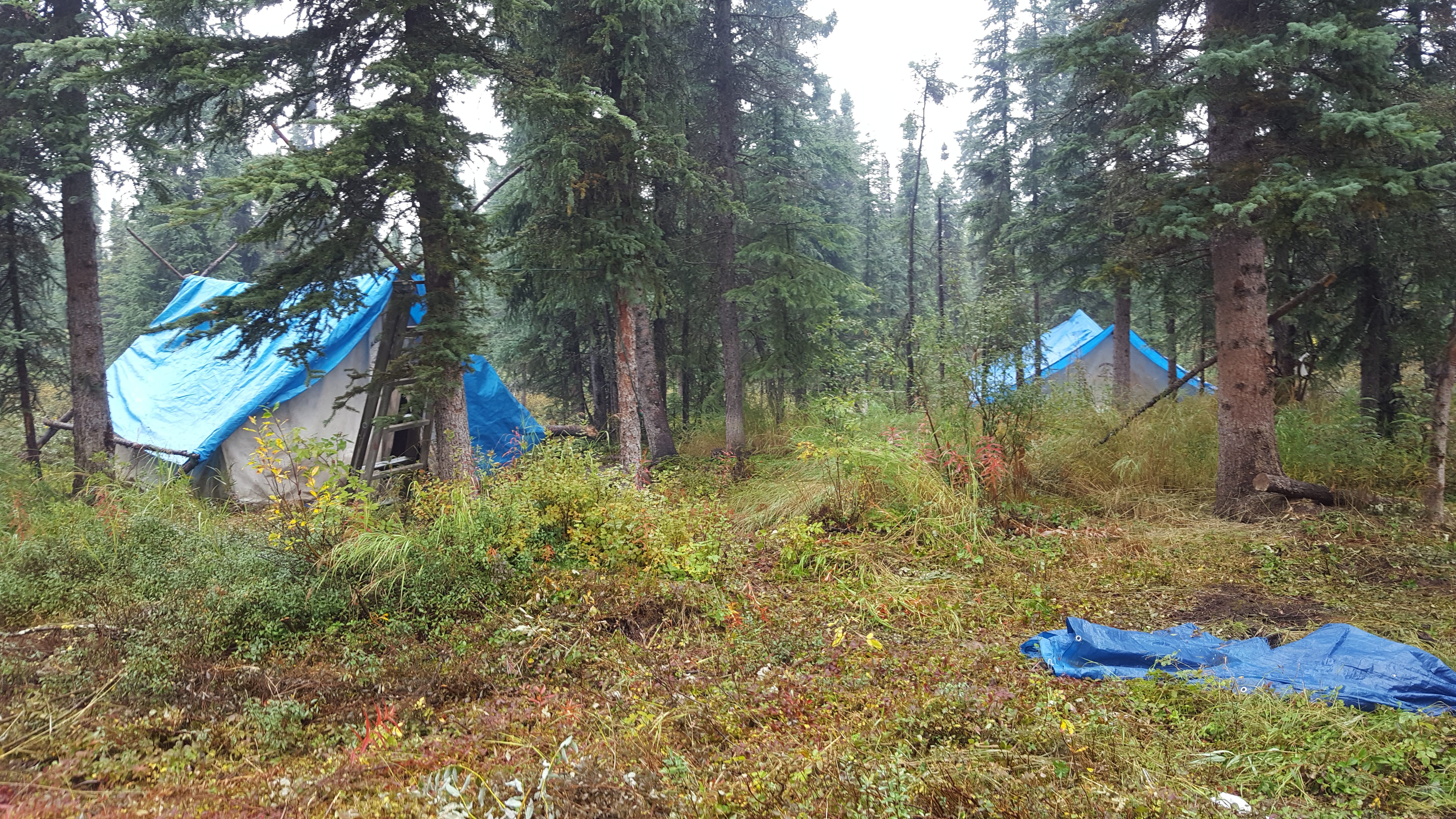Sharing Our Story
from Student Journalists attending Takotna Community School, Takotna, AK
Mrs. Smith’s Class
Starting the School Day
My name is Elijah, am nine years old, and I am in third grade in Takotna, Alaska. I live on Mile 329 of the Iditarod Trail. My job the first week of school was to lead the Pledge and the patriotic song. We sing these songs: Alaska’s Flag, The Star Spangled Banner, My Country Tis of Thee, Grand Old Flag, America the Beautiful, and God Bless America. We love our flag!
Berry Picking
My name is Izaya and I live in Takotna, Alaska, and am in second grade. We live on Mile 329 of the Iditarod Trail. I found four sets of blueberries for a science project we are doing. We cannot eat these, but we pick in other places. I go berry picking with my mom. We use blueberries for Agutuk, the Athabascan name for ice cream. We drink the juice, eat them right off the plant, and bake them in cakes.
Winter Berry Project
My Name is Lea Marie and I live on Mile 329 of the Iditarod Trail in Takotna, Alaska. I am in second grade this year. We are doing a WinterBerry project for science. We had to throw down a white circle and count the berries we saw. We counted blueberries and then tagged the bushes. When we get snow on the ground we will measure how deep the snow is in three locations every month.
The old class is doing the same project, except they are counting Lowbush Cranberries.
Fall Spirit Camp
My name is Philana and I live in Takotna, Alaska. We live on Mile 329 of the Iditarod Trail. I am nine years old and am in the fourth grade. We go to Spirit Camp the second week of school. At Spirit Camp we did many crafts: beading, carving, leatherwork, paracord bracelet making, and we learned how to make fishing lures. I made a leatherworked bracelet and did beading. We went to Old Takotna by boat on the Takotna River. On the way there we saw a moose calf run into the woods. We also saw geese.
- Beadwork
- Leather working
- Paracord bracelets
Fish at Spirit Camp
My name is Bryson and I am from Takotna, Alaska. I am in second grade and live on Mile 329 of the Iditarod Trail. There are lots of different kinds of fish in our river. At Spirit Camp we looked at five different fish and listened to a man (from Alaska Fish & Game) tell us about the fish. He showed us how to tell how old a fish is. We looked at a scale through a magnifying glass to count the sections on the scale. We have Chum Salmon (Dog Salmon), Sockeye Salmon (Reds), King Salmon (Chinook), Pinks (Humpy Salmon), and Silvers (Coho Salmon) in the Takotna River.
Moose Hunting
My name is Kai and I live in Takotna, Alaska, Mile 329 of the Iditarod Trail.
I am nine and in the fourth grade. I will be getting my first moose this year, but I will have help skinning and gutting it. I have been practicing with targets so hopefully I will get one. My family and I went hunting the third weekend of September, as hunting season is over on September 25th.
How do we prepare the moose? First, we cut the head off, then we cut the legs off and hang it with a rope on a tree . We let them dry, then cut above the hoof in the back.
Our class made Flat Moose to send around the country. This is like Flat Stanley, only our teacher wanted to use an Alaskan animal. We sent out about 20 moose to have adventures.
Thanks to Mrs. Smith and the students in Takotna for sharing their writing and images.
*These stories were submitted in September, 2018.
Teachers: Application: Traditional knowledge is a very important aspect of learning. Discuss with your students the projects these students in Takotna were involved in and talk about why learning these skills is important. What traditional learning takes place in your school or community?





